How do I specify a food-safe interior coating for my metal tins order?
The food-safe inner coating of a metal tin impacts product safety and shelf life. The inner coating isolates the food from the metal substrate, preventing corrosion, metallic taste, and chemical migration. When you order metal cans and tins, or design custom cans for jam, tea, snacks, milk powder, or other foods, we translate regulatory requirements, product chemistry, processing steps, and shelf life targets into precise technical specifications to ensure your cans perform and are tested. We first identify the product requirements for the tins, then map these requirements to a coating portfolio and ensure compliance with regulatory requirements and testing protocols.
Chemical and Thermal Requirements of Metal Tins Liners
The first principle in selecting metal tins and inner coatings is to “start with the product chemistry.” Different foods attack coatings and metals to varying degrees. For example, highly acidic foods can severely attack paint finishes and accelerate corrosion; high-fat foods require a fat-resistant coating with controlled migration; and salty products and items destined for long-term storage require excellent barrier properties.
First, you need to determine some relevant questions about your customer:
1. What is the pH range of your product? (A pH value <4 is highly acidic; a pH value between 4-7 is moderately acidic; and a pH value >7 is alkaline.)
2. Is the food high in oil/fat? (This affects solubility and migration.)
3. Will the product be heat-processed?
4. What is the expected shelf life and storage temperature?
5. Will the cans be subjected to mechanical stress or prolonged exposure to moisture?
Why is this important? Epoxy phenolic linings have historically dominated canned food due to their excellent corrosion and retort resistance. Today, bisphenol A-free (BPA-NI) epoxy formulations and alternative polymer liners (polyester, acrylic, vinyl, PHA) are available specifically for high-fat or low-acid applications. Hot processing requires retort-resistant coatings that won’t delaminate or blister, while high-fat products require liners with low oil solubility. Therefore, a short product data sheet should be provided to the metal can manufacturer.
Coating Families for Metal Tins and Their Trade-offs with Food Safety
After determining the product chemistry and processing, it’s time to select the appropriate coating family for your metal can. Here are some common coating families, their advantages, and when alternatives might be necessary:
Epoxy Phenolic Resins (Including BPA-NI Options)
Advantages: Excellent corrosion and retort resistance; low permeability.
Disadvantages: Traditional epoxy resins have historically contained BPA, and many markets and customers require BPA-NI or a fully alternative chemistry; ensure formulation certification.
Suitable for: High acidity, long shelf life, and industrial retort applications.
Polyester (PET-based) Varnish
Advantages: Good sensory properties, attractive appearance, good adhesion to aluminum, and suitable for a wide range of foods.
Disadvantages: May not be as durable as epoxy resins under extreme retort cycles.
Suitable for: Low- to moderately acidic foods, snack foods, and candy coatings.
Acrylic and Vinyl Coatings
Advantages: Good printability, color stability, suitable for dry foods or low-temperature applications.
Disadvantages: Not suitable for heavy-duty retorting or long-term high-acid storage without special formulations.
Applications: Tea cans, dry snacks, and decorative custom cans.
Specialty Barrier Coatings
Advantages: Excellent oxygen/moisture barrier properties, suitable for high-value products.
Disadvantages: Cost and complexity; compatibility with can molding must be verified.
Applications: Sensitive powders, oxygen-sensitive oils, or high-end confectionery.
For custom cans, we provide the specific resin chemistry and whether the coating is clearly labeled “BPA-NI” or “BPA-free,” along with corresponding test reports. It’s important to select not only the coating family but also the coating thickness, cure profile, and whether internal coatings are applied to the can body, lid, and base.
Ensure Regulatory and Compliance
Regulatory compliance is undeniable. When ordering metal tins and tins for international markets (such as India, the US, the UK, and the EU), ensure that specifications clearly require compliance with applicable food contact laws and standards.
US: FDA regulations (for coatings, reference the relevant section, such as 21 CFR 175.300 for applicable resin and polymer coatings).
EU/UK: General Food Contact Regulation (EC) No. 1935/2004 requires that materials must not transfer ingredients that are harmful to health.
India: Requires compliance with Food Safety and Standards Authority of India (FSSAI) regulations and Bureau of Indian Standards (BIS), where applicable.
International Standards and Schemes: If you require third-party packaging scheme conformance, provide evidence of compliance with ISO 22000, BRCGS packaging, or IFS packaging.
Supplier Audit and Quality Assurance Practices
Translate technical requirements into contract language that adapts to your metal can orders and quality processes. Well-developed specifications reduce ambiguity and expedite qualification. Below is a suggested structure and sample clauses that we apply to procurement documents when purchasing custom metal tins.
1. Technical Terms:
“Inner Coating: We will apply a specified coating system (e.g., BPA-NI epoxy phenolic) to all interior surfaces of the can body, lid, and bottom. The coating thickness should be specified and compatible with the product, pH, and fat content.
2. Regulatory Terms:
We will provide a Declaration of Conformity confirming compliance with applicable food contact regulations in the target market, including but not limited to FDA 21 CFR (if applicable), EU Regulation (EC) No. 1935/2004, and local national standards.
3. Testing Terms:
“Before shipment of the first batch, a third-party laboratory report will be provided certifying that the product has passed the following tests. Subsequent batches will undergo internal quality control according to the agreed-upon testing protocol and will be provided with a Certificate of Inspection (CoA). The buyer reserves the right to conduct confirmatory testing.” 4. Change Control and Traceability:
“Any formulation changes require 90 days’ written notice and revalidation. We maintain batch traceability and provide batch identification, production date, and reference number of the coating applied.”
Delivering Food-Safe Coatings
Specifying food-safe interior coatings for your metal can orders requires a balance of product science, regulatory vigilance, and pragmatic supplier management. First, document the product chemistry and processing—this step guides all others. Next, select a coating system that matches the acidity, fat content, and heat exposure. Then, translate your requirements into contractual terms: providing you with a Declaration of Conformity (DoC/CoA), third-party migration and retort testing, adhesion and sensory testing, and clear change control.

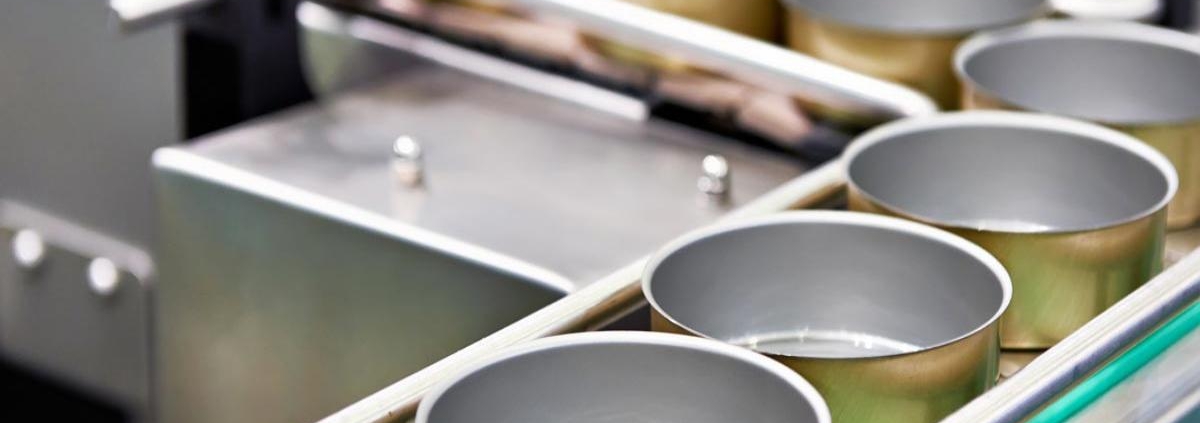
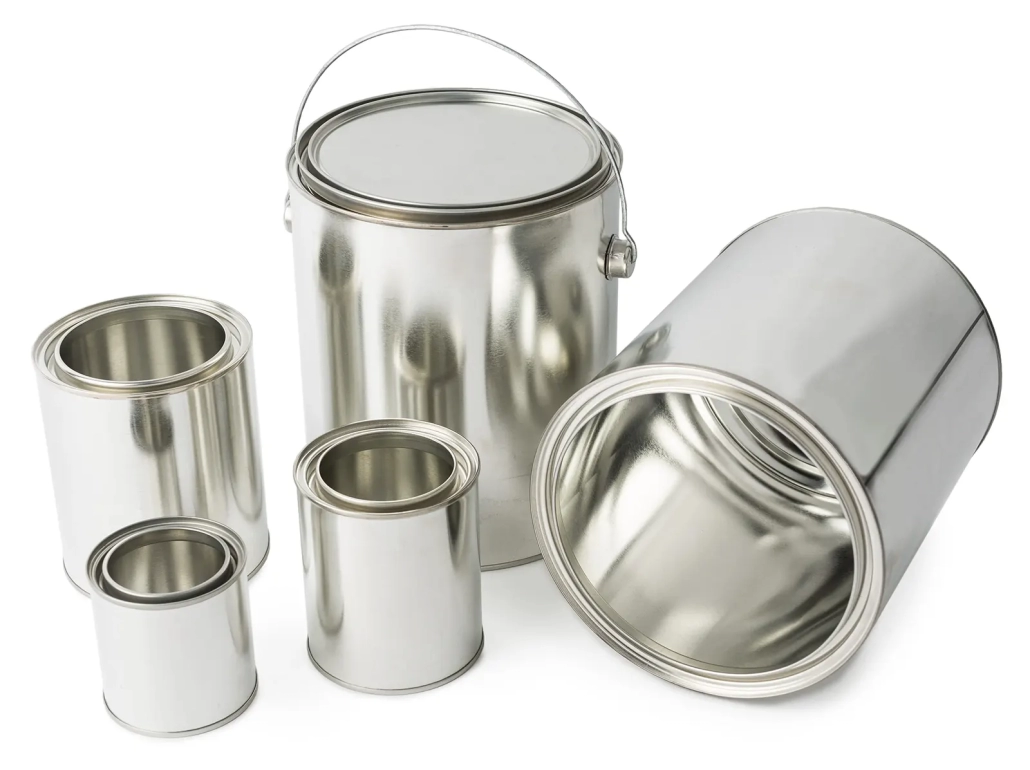
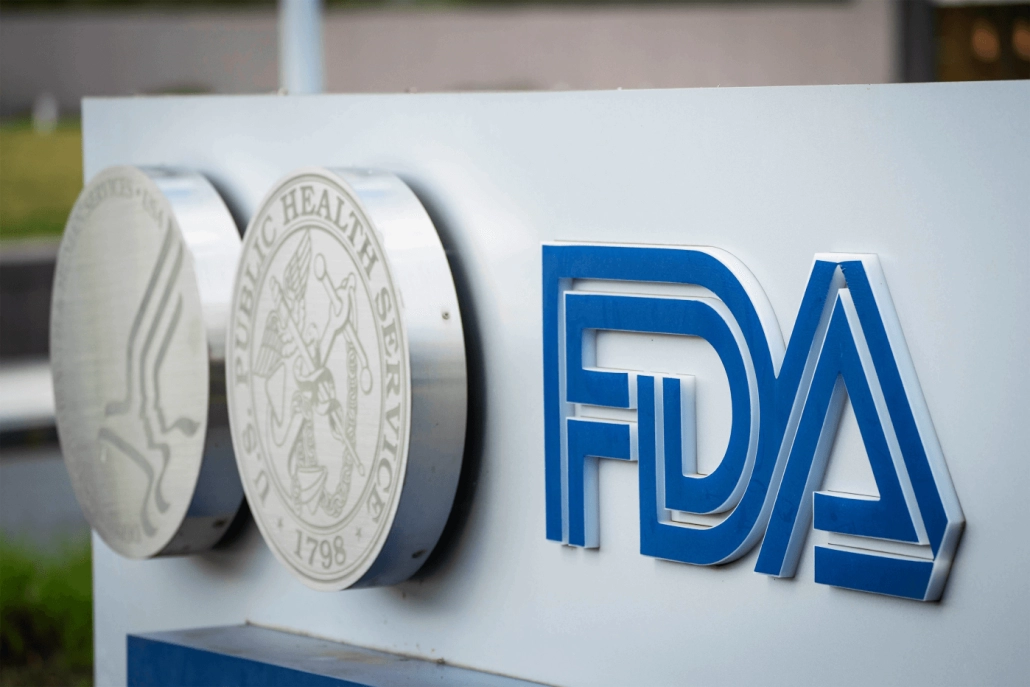
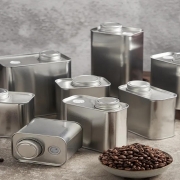



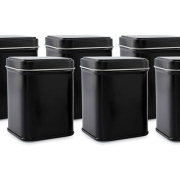



 Facebook
Facebook Twitter
Twitter Linkedin
Linkedin
